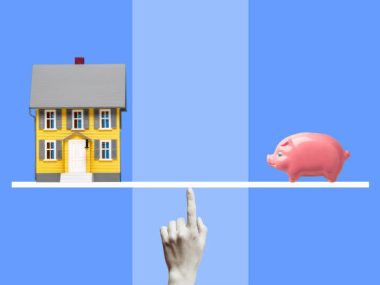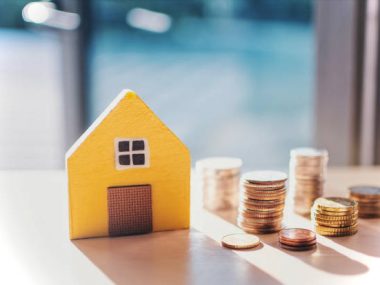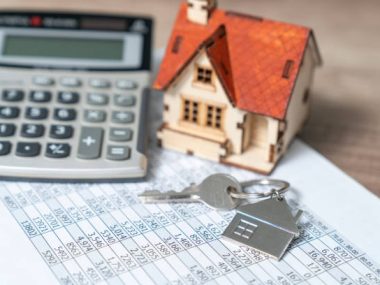What is a mortgage buyback? In the intricate landscape of real estate financing and mortgage lending, the term “mortgage buyback” has gained prominence as a pivotal concept that influences the dynamics between lenders, investors, and borrowers.
As financial institutions seek ways to manage risk, maintain liquidity, and navigate the ever-evolving regulatory environment, the concept of mortgage buybacks has taken center stage.
This article aims to provide a clear understanding of what a mortgage buyback entails, shedding light on its significance, underlying mechanisms, and broader implications within the housing and financial sectors.
By delving into the intricacies of this practice, we can uncover how mortgage buybacks impact various stakeholders and contribute to the overall stability of the housing market.
Also Read:
How to Remove Escrow Account from Mortgage
How to Get Mortgage License in NY
What Is a Mortgage Buyback?
A mortgage buyback, also known as a mortgage repurchase, refers to a contractual arrangement within the realm of mortgage lending and securitization.
It occurs when the original lender or issuer of a mortgage-backed security (MBS) is compelled to repurchase a mortgage loan from an investor due to certain breaches or deficiencies in the loan’s underwriting or documentation.
These breaches might include misrepresentations of the borrower’s financial information, failure to adhere to established underwriting guidelines, or the discovery of material defects in the loan.
The primary driver behind mortgage buybacks is the desire to ensure the quality and integrity of mortgage loans that are packaged and sold as MBS to secondary market investors.
If a mortgage loan does not meet the agreed-upon standards or if it carries higher default risks than initially disclosed, the investor may demand that the originating lender repurchase the loan at its original price, transferring the risk back to the lender.
This process safeguards investors from purchasing low-quality or misrepresented mortgage loans.
Mortgage buybacks play a significant role in maintaining investor confidence in mortgage-backed securities, as they establish a mechanism for enforcing loan quality standards.
However, buybacks can impact lenders’ financial positions, operational efficiency, and relationships with investors.
Striking the right balance between risk mitigation, underwriting accuracy, and investor satisfaction is crucial for ensuring the stability of the mortgage market and the broader financial system.
Key Players and Parties Involved in Mortgage Buybacks
Mortgage buybacks involve a complex interplay of key players and parties, each with distinct roles and responsibilities.
At the center of this arrangement are the originating lenders or mortgage issuers, who extend loans to borrowers.
These lenders package and sell mortgage-backed securities (MBS) to secondary market investors, which often include government-sponsored entities like Fannie Mae and Freddie Mac, as well as private investment funds.
Investors in MBS act as the demanding party in mortgage buybacks.
When they suspect breaches in loan quality or representation, they may initiate the repurchase process, transferring the loan risk back to the originating lender.
Mortgage servicers, responsible for collecting loan payments and managing borrower relationships, also play a crucial role as intermediaries between investors and borrowers during the buyback process.
Regulatory bodies such as the Consumer Financial Protection Bureau (CFPB) and industry self-regulatory organizations enforce compliance with underwriting standards and may influence buyback decisions by imposing penalties for non-compliance.
The interaction between these parties is intricate, influenced by contractual agreements, due diligence procedures, and market conditions.
Effective communication, transparent reporting, and adherence to established guidelines are vital to maintaining investor confidence, ensuring loan quality, and fostering a stable housing market.
Strategies to Mitigate Risks in Mortgage Buyback Transactions
Mitigating risks in mortgage buyback transactions is imperative for maintaining lender-investor relationships, securing financial stability, and upholding the integrity of the mortgage market.
One key strategy is rigorous underwriting and due diligence before originating loans.
Thoroughly assessing borrowers’ creditworthiness, income, and documentation minimizes the chances of misrepresentation and non-compliance with underwriting standards.
Clear communication between lenders and investors is paramount.
Establishing transparent reporting mechanisms and proactive sharing of loan data helps identify and rectify potential issues early on.
Creating well-defined contracts that outline buyback triggers and resolution procedures can provide clarity in case of disputes.
Implementing quality control processes, both pre-and post-funding, aids in identifying and rectifying deficiencies before they escalate.
Regular audits of underwriting practices, loan documentation, and compliance with regulations can catch discrepancies before investors do.
Investing in advanced technology, like artificial intelligence and machine learning, can enhance loan origination processes, reducing human errors and inconsistencies.
These technologies can analyze vast amounts of data to identify patterns that might indicate potential risks.
Collaborating with third-party vendors that specialize in due diligence and quality control adds an extra layer of scrutiny to the underwriting process.
Ultimately, a holistic risk management culture that emphasizes compliance, collaboration, and continuous improvement is essential for minimizing the chances of mortgage buybacks and their associated risks.
Also Read:
How to Put House in Trust with Mortgage
Does a Reverse Mortgage Go Through Probate?
Conclusion
The concept of a mortgage buyback serves as a pivotal mechanism in the intricate landscape of mortgage lending and securitization.
It embodies the efforts to maintain the quality and integrity of mortgage-backed securities by holding lenders accountable for underwriting standards and loan representations.
This practice not only safeguards investors from potential risks but also reinforces transparency, accountability, and stability within the housing and financial sectors.
As mortgage markets continue to evolve, understanding the dynamics of mortgage buybacks becomes essential for stakeholders, enabling them to navigate risks, foster trust, and contribute to a resilient housing market ecosystem.






